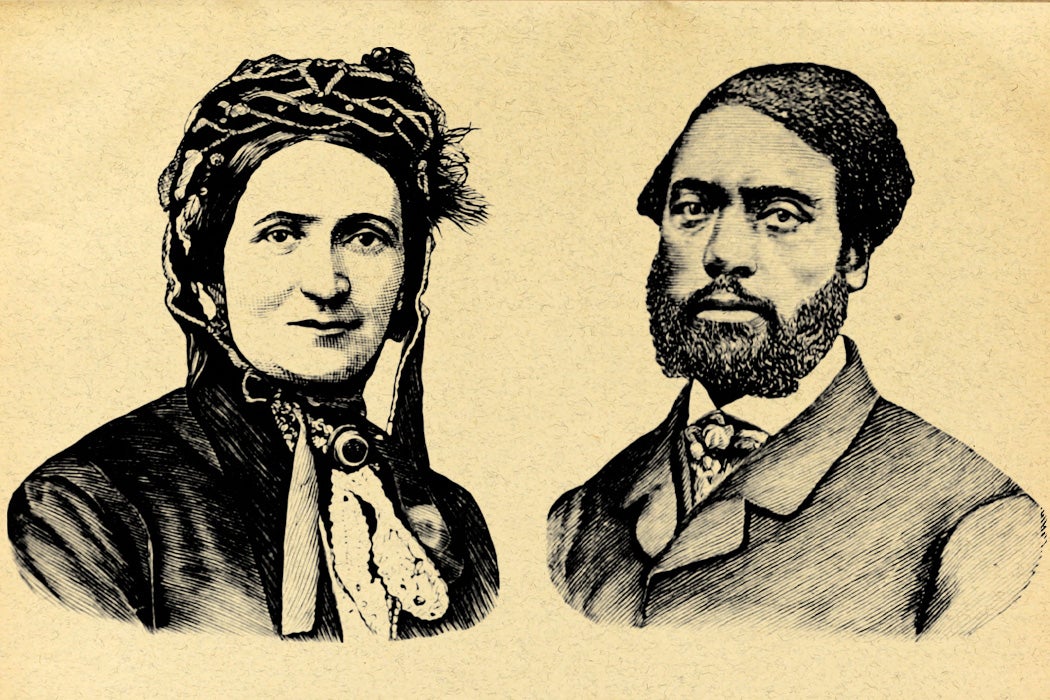How The Vanishing Half fits into our cultural fixation with racial passing storiesPosted in Articles, Identity Development/Psychology, Literary/Artistic Criticism, Media Archive, Passing, United States on 2020-09-19 20:36Z by Steven |
How The Vanishing Half fits into our cultural fixation with racial passing stories
Vox
2020-08-14
The Vox Book Club is linking to Bookshop.org to support local and independent booksellers.
“Passing for white never left.”
In Brit Bennett’s The Vanishing Half, the character of Stella haunts the narrative like a ghost. Stella is the half who vanished: half of her family, half of her sister’s heart. And she vanished by excising half of her own identity.
Stella is a light-skinned Black woman, and when she is 16, she decides to start passing for white. Her identical twin sister Desiree, meanwhile, grows up to marry the darkest-skinned man she can find. Stella breaks away from her family, and we don’t get a chance to meet her on the pages of the novel until nearly halfway through the book when at last her niece, Desiree’s dark-skinned daughter, tracks her down. It’s only in that last section that we finally learn exactly what happened to Stella.
Stella’s fate haunts the novel, and so does the genre her story belongs to. There’s a long history of narratives of racial passing in the American novel, and The Vanishing Half plays with the genre in new and interesting ways. So as the Vox Book Club spends the month talking about The Vanishing Half, I wanted to put it in the context of the passing novel more broadly.
To get an expert view, I called up Alisha Gaines, an English professor at Florida State University and the author of Black for a Day: White Fantasies of Race and Empathy. Together, we talked through the history of the African American passing novel, what passing looks like after Jim Crow (sorry, Ben Shapiro), and how passing novels can show us how race is produced and reproduced. Below is a transcript of our conversation, lightly edited for length and clarity.
The first African American stories of racial passing are slave narratives
Constance Grady
Do we know when the first of these narratives emerged? How old are stories about racial passing?
Alisha Gaines
It’s an old story. In literature and in life, America has a fascination with impersonation, which includes blackface minstrelsy. And passing narratives, if you want to be technical about it, in African American literature, they start with the slave narrative…
Read the entire interview here.
:format(webp)/cdn.vox-cdn.com/uploads/chorus_image/image/67204490/Book_Announcement_Template.0.jpg)


